The Extraordinary Reason Why We Drive on the Left Side of the Road in Some Places
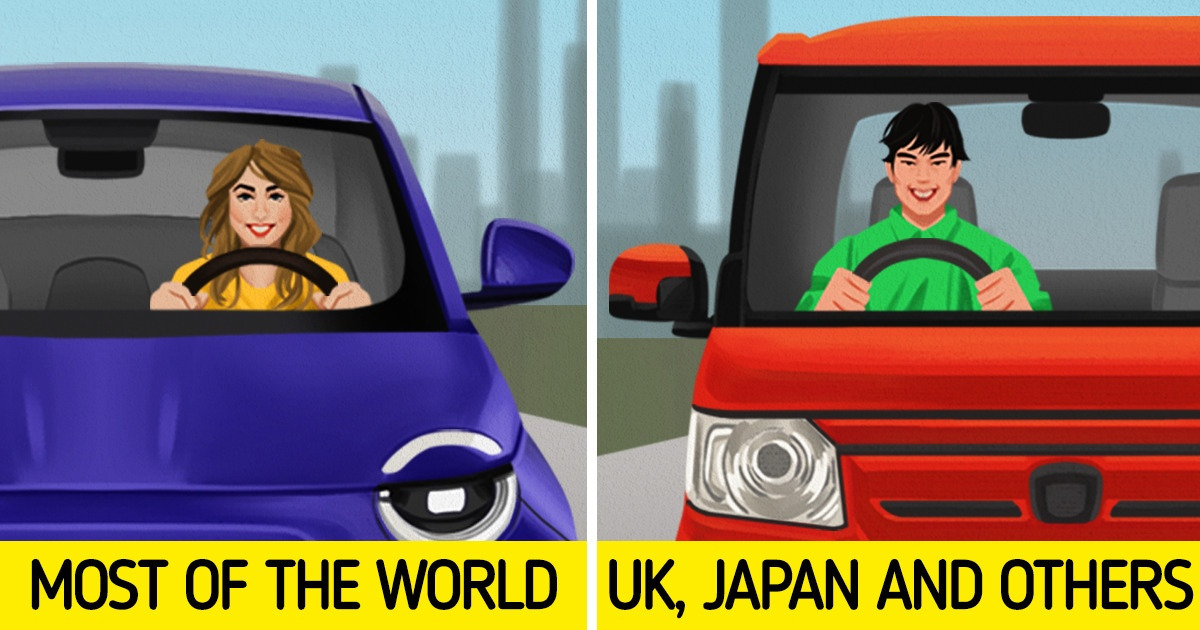
In most countries of the world, people drive on the right side of the road, with the steering wheel placed on the left side of the dashboard, whereas only 35% of the world’s population drive on the left side, with the steering wheel on the right. The reason why this happens is a rather complex one, that has a lot to do with human physiology and our history as a species.
5-Minute Crafts has set out to take a deep dive into this phenomenon, explaining why there are countries that drive on the left side of the road.
1. Originally, everybody traveled on the left side of the road.
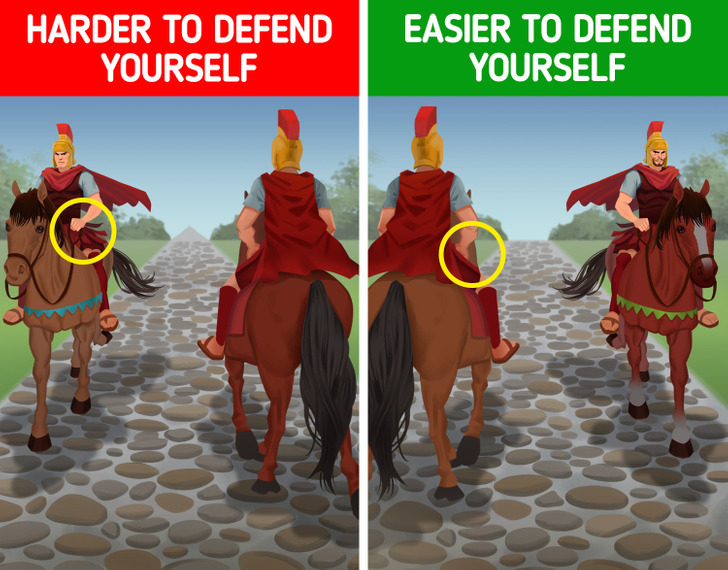
This tradition dates all the way back to ancient Rome, a tradition that lasted well into the Middle Ages. The main reason why this happened has to do with our tendency as a species to be right-handed.
Back then, people had to carry something they could use in case of confrontation, and the most convenient way to do this was to carry it in their dominant hand. Staying on the left side of the road meant that they could keep their dominant hand closer to where their opponent was.
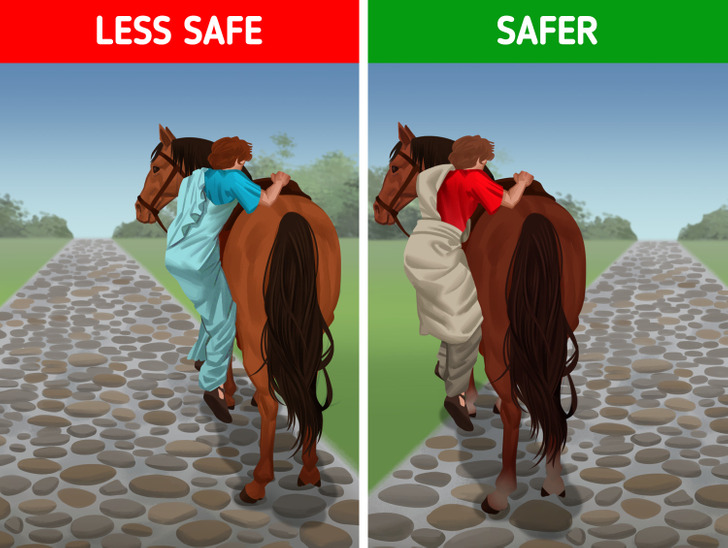
Back then, people who didn’t travel on foot used animals as a means of transport. Given their right-handedness, people wore self-defense equipment on their left side, which also meant they mostly mounted their horses from the same side.
Dismounting a horse on their left side while traveling on the right side of the road was a dangerous thing to do, since that would have left them in the middle of the road, in a position that is more exposed to accidents.
2. The universal transition toward driving on the right happened gradually.
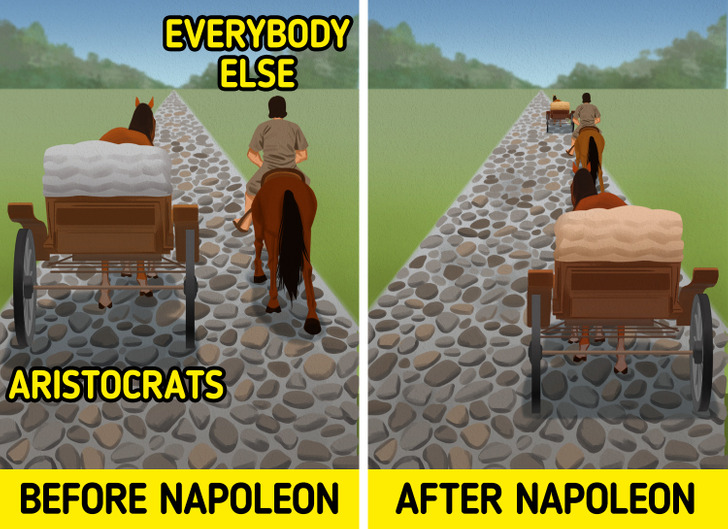
The first shift toward traveling on the right took place in France, where aristocrats drove their carriages on the left side of the road, making everybody else keep to the right. However, after the rise of Napoleon toward the end of the 18th century, aristocrats started to drive on the right side to blend in with the rest of the population. After Napoleon’s subsequent expansion throughout most of Europe, many neighboring countries followed suit as a way to avoid traffic congestion.
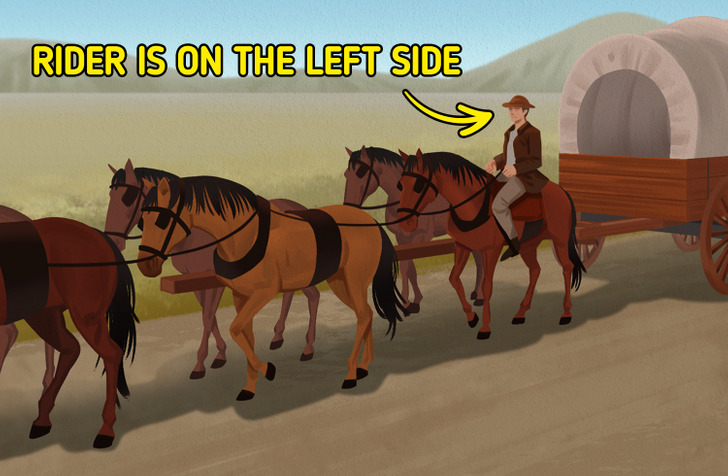
The United States also played an important role in this shift. Around the same time, Conestoga wagons and other heavy carriages that were dragged by multiple animals were common in the country, which usually made the driver sit on one of the rear horses. In order to be able to better control the carriage, drivers usually sat on the left side, making it more convenient to drive on the right side of the road, so as to better gauge the distance between the carriage and oncoming traffic.
3. The car that took over the world.
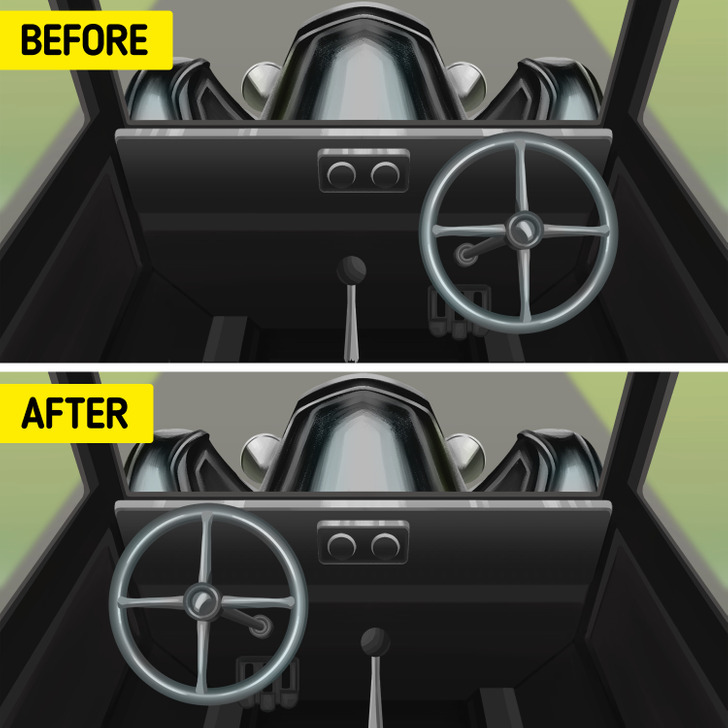
American industrialist Henry Ford mass-produced the seminal Model T car in 1908, and it was one of the first mass produced vehicles to be sold. One of its main contributions is that it had its steering wheel on the left side, which, just like with carriages, made driving on the right side of the road the more sensible option.
Its affordable price and dependability led Henry Ford to dub the Model T the “universal car.” Production of the Model T started in the United States, but quickly expanded to European countries, which further established driving on the right side as the standard for most countries.
4. However, some countries still drive on the left side of the road.
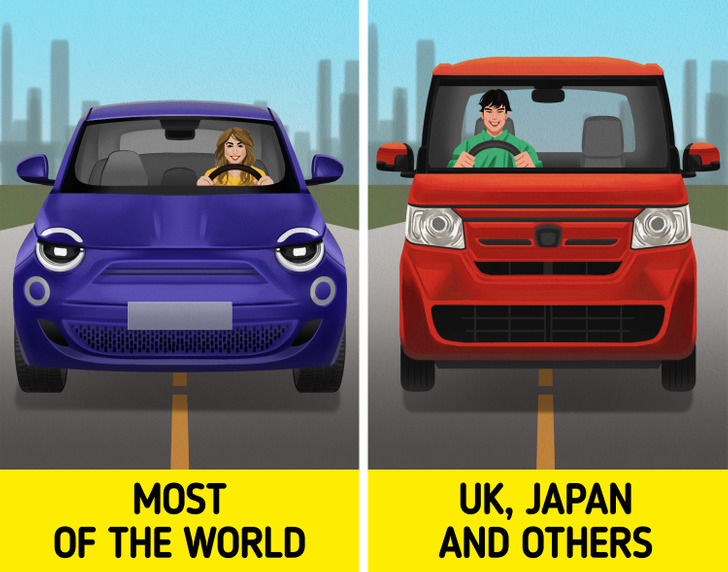
The most notable case of a country that still drives on the left side is England, who didn’t waiver to Napoleon’s expansion. Instead, England expanded their own influence throughout countries of the commonwealth, which mean that most former British territories, like Australia, India, and South Africa, drive on the left side of the road to this day.
This is not the case for every country that keeps to the left, as is the case of countries like Japan. Japanese samurais also had the tradition of traveling on the left side for self-defense purposes. Later on, Japan received technical help from the British while designing their own network of railways, formalizing driving on the left side of the road across the board in the country.